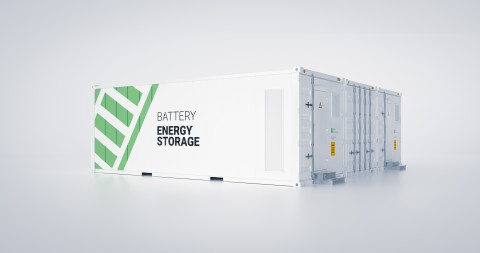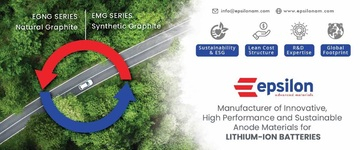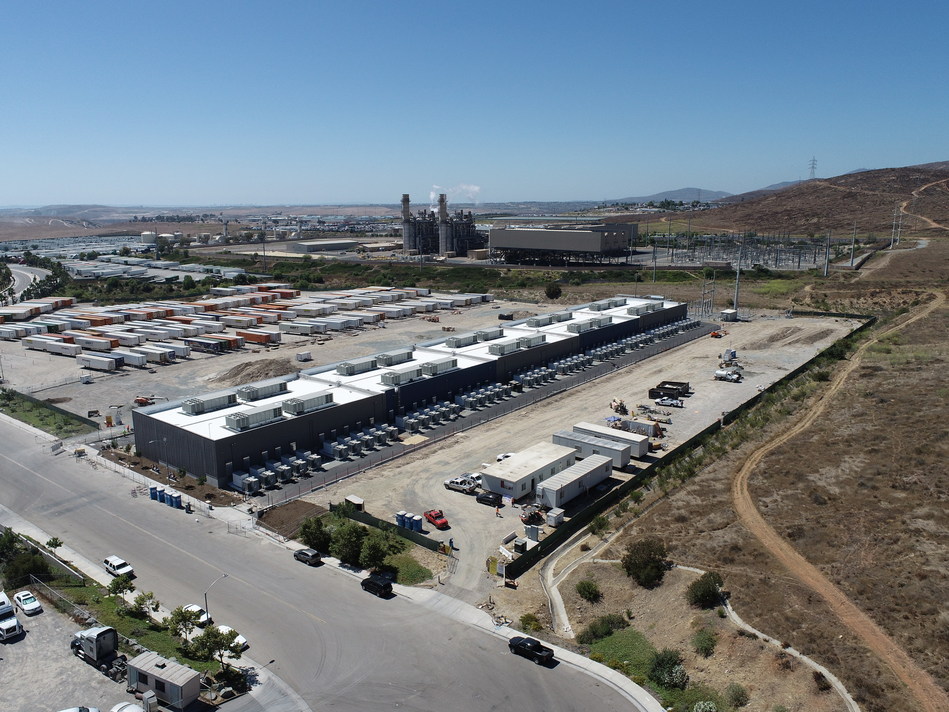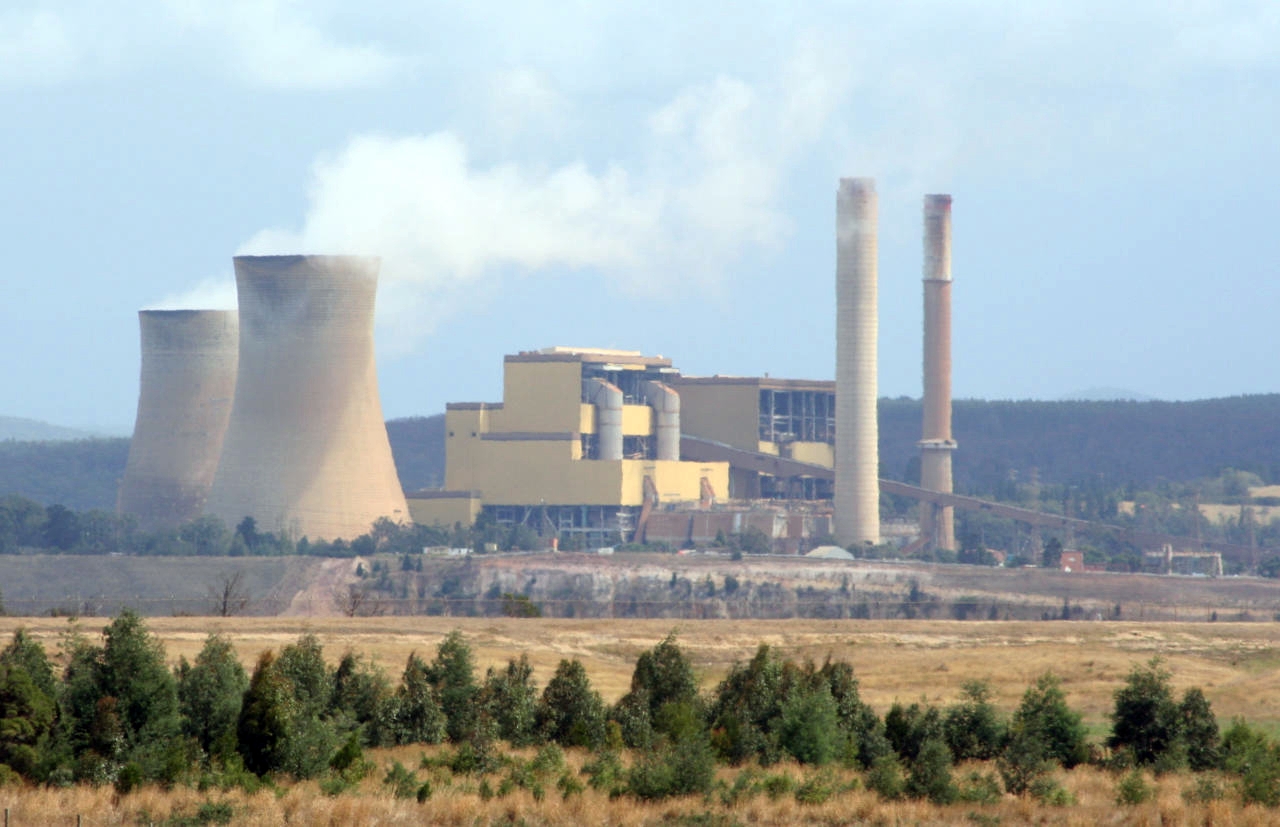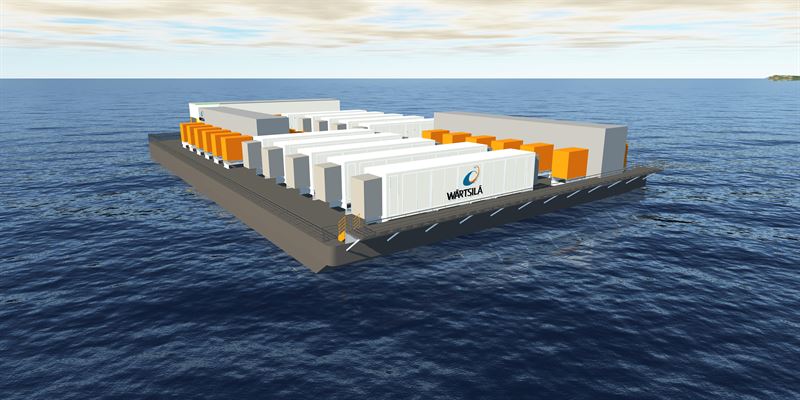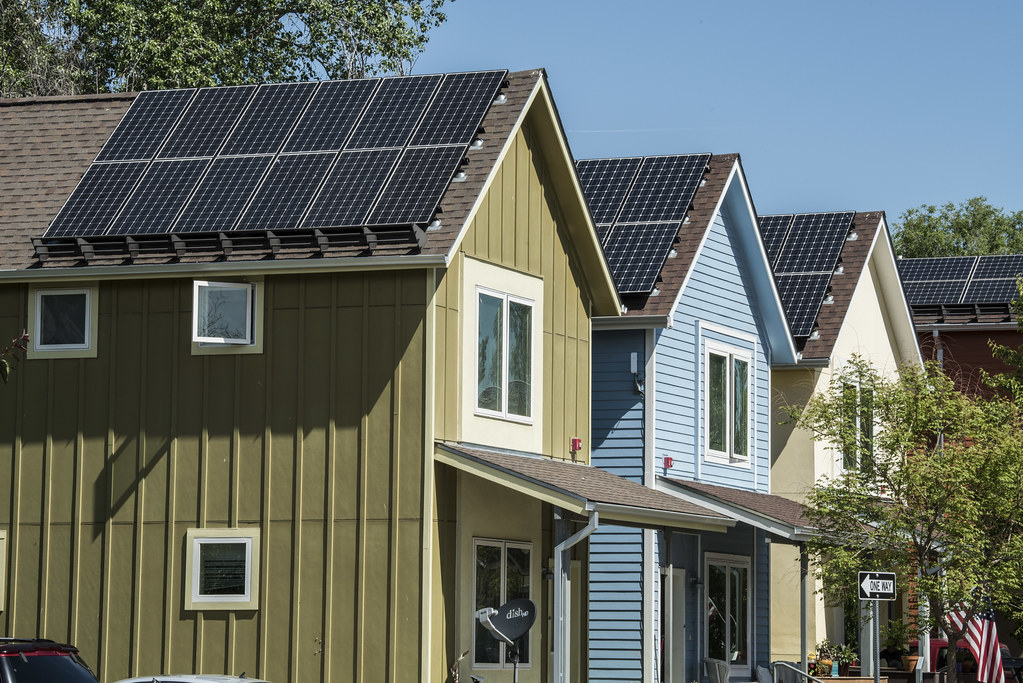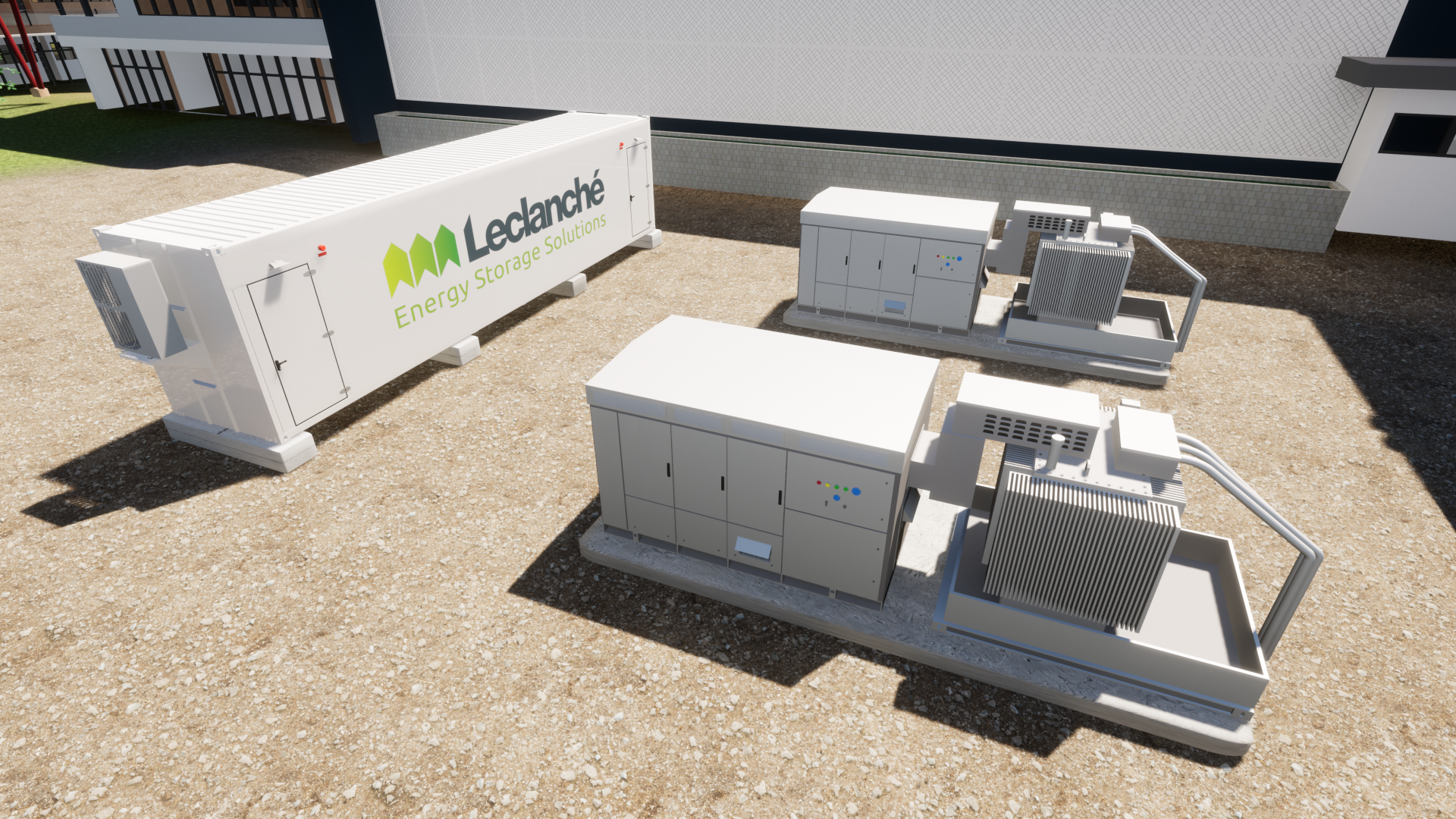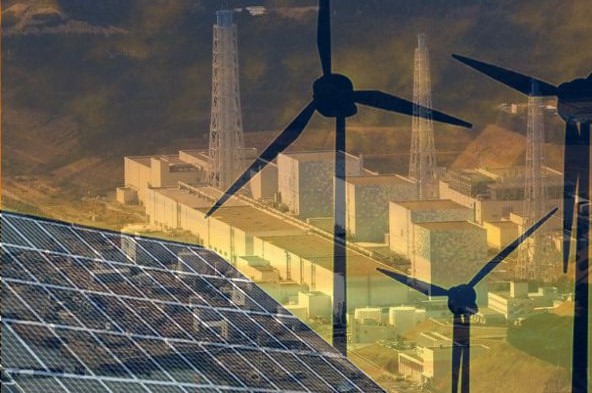By Gireesh Shrimali
India is one of the few countries with a Nationally Determined Commitment (NDC) that is consistent with the 2-degree C emission goal set under the 2015 Paris agreement (Climate Action Tracker 2019). Some of the major milestones under India's NDC are the country's renewable energy (RE) targets of 175GW by 2020 and RE as 40 percent of installed power generation capacity by 2030 (Varadhan 2019).
However, RE generation is typically not only variable and intermittent but also inflexible in nature. Given the high reliance of the Indian power grid on coal-based generation, which has limited-flexibility, and the lack of inherently flexible gas-based generation, higher renewable penetration under India's NDC will likely result in the requirement of various flexible technologies (Udetanshu, et al. 2019).
One such technology that is gaining momentum globally is battery energy storage systems (BESS), specifically, lithium-ion batteries. This is mainly due to the rising demand for battery-powered electric vehicles, complemented by an increase in the adoption of battery technology for grid services for the power sector (Stubbe 2018). According to an estimate, the global demand for energy storage is projected to rise to 2,850 GWh by 2040, with India emerging as the third-largest market (Bloomberg New Energy Finance 2019).
This warrants us to identify and understand effective policy drivers that support underlying business models used for the deployment of BESS in providing grid services. To do so, we focus on the state of California and Hawaii in the United States, given that they were early adopters of BESS.
These states have used multiple policy initiatives, such as BESS deployment targets, renewable energy targets, financial incentives, along with various market mechanisms that allow the provision of grid services to drive BESS deployment.
We begin by identifying and assessing various energy storage projects that have been recently deployed or contracted in these two states and then classify them into standard business models, based on project economics parameters such as ownership type, financing, revenue certainty, revenue streams, etc. We find that there are predominantly three main business models in both of these states – Front-of-the-Meter model/co-located Front-of-the-Meter (FTM/co-located FTM), Behind-the-Meter (BTM), and Aggregated Behind-the-Meter (Aggregated BTM).
The FTM/co-located FTM model involves grid-scale installations that are either contracted or directly owned by utilities. The BTM model comprises of BTM installations that are mostly leased by an energy storage service provider to residential or commercial and industrial customers while providing them with services such as energy bill management. The aggregated BTM model involves an aggregator, who is usually the BTM provider, also providing contracted grid services to a utility.
We then develop a barrier-solution framework, based on an extensive review of literature on known barriers to energy storage deployment, and through semi-structured interviews with industry stakeholders. This framework not only delineates the barriers faced by business models for energy storage but also posits a minimum set of barriers that need to be addressed for the successful deployment and scaling of these models. The framework classifies these barriers under three categories: the absence of significant market (i.e. lack of demand), lack of favorable project economics (e.g., lack of adequate returns to investors), and administrative (e.g., for interconnection) hurdles to project feasibility.
Our barrier-solution framework is then verified by assessing the barriers overcome by the drivers of various projects and their respective business models in both the states. We also verify that, for a business model to be successful, at least one barrier from the barrier categories associated with market demand and project economics must be addressed along with all the barriers related to administrative (e.g., interconnection) issues. Building and verifying this framework, therefore, gives us insights into various barriers faced by different business models, and how policies can be effective in addressing them.
Key drivers for business models in California
For FTM installations, the state's energy storage target (e.g., AB 2514) directs utilities to procure grid-scale energy storage; for BTM installations, retail electricity pricing structures such as tiered pricing and demand charges, enabling environment such as Net Energy Metering (NEM), and financial subsidies such as Self-Generation Incentive Program (SGIP) and Investment Tax Credits (ITC); and, for aggregated BTM installations, in addition to the existing support for BTM installations, market participation mechanisms such as the Proxy Demand Response (PDR) which allows BESS to participate in demand response.
Key drivers for business models in Hawaii
In Hawaii, for all the business models, the state's well-defined renewable energy targets drive demand for flexible services. For co-located FTM installations, utility procurements based on standardized power purchase agreement structures such as the renewable dispatchable generation (RDG) contracts, complemented with federal ITC support; for BTM installations, volumetric retail rates and demand charges, enabling net energy metering programs, and programs such as the Fast Demand Response (FDR) which allows BESS to participate in demand response; and, for aggregated BTM installations, in addition to the existing support for BTM installations, the Grid Service Purchase Agreement (GSPA) which allows BESS to provide grid services.
Way forward to augment energy storage market
It is recommended that policymakers seeking to develop an energy storage market starts with developing the BTM market as it appears to require the least amount of policy intervention relative to other models. In this context; retail rates that account for time-of-day, volume, and capacity characteristics of the grid coupled with complementary net metering policies that acknowledge BESS' potential for providing peak power would be crucial.
In parallel, policymakers can also develop mechanisms to support FTM installations that can provide grid services. In this context, either setting BESS-specific procurement targets (e.g., AB 2514 in California) or recognizing the role of flexibility services provided by BESS in reaching ambitious RE targets, combined with innovative utility procurement mechanisms (e.g., RDG in Hawaii), would be key.
In addition to these above-mentioned strategies, policymakers must carefully assess market participation rules (e.g., PDR in California and GSPA in Hawaii) for BTM resources to unleash the full potential of these resources by not only allowing BESS to participate in the provision of valuable system services but also enabling value stacking and thereby support the development of the Aggregated BTM business model.
Finally, it is recognized that financial incentives (e.g., SGIP in California and ITC nationally) help jumpstart BESS business models, but their need should be continuously assessed given the rapid decline in BESS prices and the potential for complementary policies. This would enable policymakers to use their limited budgets cost-effectively while ensuring that BESS is providing adequate financial support in getting to its full potential.
References:
Bloomberg New Energy Finance. 2019. "Energy Storage Outlook 2019."
Climate Action Tracker. 2019. India - Country Profile. Dec. https://climateactiontracker.org/countries/india/.
Stubbe, Richard. 2018. Global Demand for Batteries Multiplies. Accessed 2020. https://www.bloomberg.com/news/articles/2018-12-21/global-demand-for-batteries-multiplies.
Udetanshu, Brendan Pierpont, Saarthak Khurana, and David Nelson. 2019. Developing a roadmap to a flexible, low‐carbon Indian electricity system: interim findings. Climate Policy Initiative.
Varadhan, Sudarshan. 2019. India plans to add 500 GW renewable energy by 2030: government. June. Accessed 2020. https://www.reuters.com/article/us-india-renewables/india-plans-to-add-500-gw-renewable-energy-by-2030-government-idUSKCN1TQ1R9.

